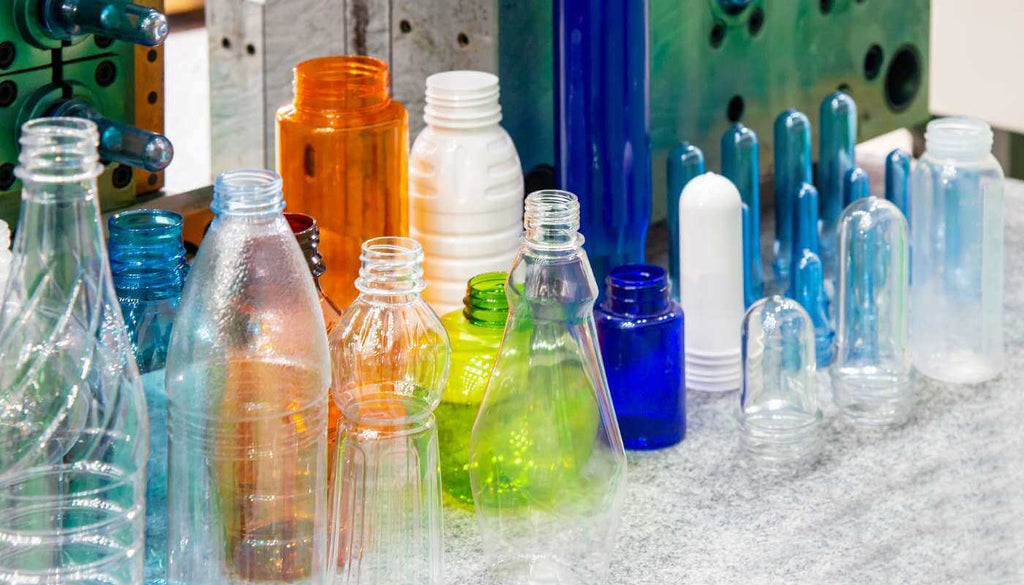
What do the numbers on plastics mean?
Which plastics are healthier for you and more easily recyclable?
Do you know which plastics contain BPA?

#1 plastics: PET or PETE (polyethylene terephthalate) These are usually soft drink bottles, water or juice bottles. Easily recycled into products such as polarfleece, bottles and even carpet fibres. PET can break down over time and leach, so it's best not to reuse these bottles. Recycle them straight away. PET does not contain BPA, as it isn't used in the production of PET plastic. Is it safe?
#2 plastics: HDPE (high density polyethylene) Used for milk bottles, juice and water bottles, as well as detergents, cleaners and skincare products. It's usually white or opaque. HDPE can be recycled into all sorts of products, including pallets, other bottles, bins, pipes and even into park benches and children's playgrounds. It's also increasingly being used as recycled plastic toys. HDPE is considered to be a safe plastic. It does not contain BPA.
#3 plastics: PVC (polyvinyl chloride or plasticised polyvinyl chloride) Used for things like plastic food wrap, plumbing pipes and cooking oil containers. PVC can contain BPA and phthalates - it's best to avoid plastics with the #3 where possible. PVC plastics can also leach DEHP, which is suspected of being a human carcinogen. Is it safe?
#4 plastics: LDPE (low density polyethylene) Used for bread bags, supermarket bags and some food wraps. Considered to be a safe plastic, but it's not very often accepted by recycling programs. Supermarkets will often have supermarket bag recycling bins in store. Is it safe?
#5 plastics: PP (polypropylene) Sometimes a cloudy plastic, like in sauce bottles. Sometimes it's clear, and sometimes it's coloured, like in yoghurt pots. Does not contain BPA or phthalates, and is recommended for use as baby bottles, among other things. Easily recycled into things like worm farms and recycling bins. Is it safe?
#6 plastics: PS (polystyrene) It's used in disposable plates and cups, as well as one off packaging, especially around electrical goods. Polystyrene or styrofoam is another one to avoid, as it is not easily recycled and can leach styrene - a human carcinogen. Is it safe?
#7 plastics: other (all other plastics, including acrylic and nylon) This is a tricky one, as any plastic that doesn't fit into numbers 1 to 6 are lumped into #7 plastics - 'other'. As a general rule of thumb, it's best to avoid #7 clear plastics, especially polycarbonate (PC) as this contains BPA. However, there are other plastics in this category that are BPA free and safe - these are the #7 opaque plastics. ABS (Acrylonitrile Butadiene Styrene), which Lego is made from, is a safe plastic. Yumbox also use ABS - it's BPA free. Plastics made from corn starch resin are lumped into the #7 category, and these are BPA free too. Nylon is BPA free, and it's a #7. The trick with this category is to avoid clear plastic #7, and to buy from a brand you trust (which means asking the manufacturer or supplier some hard questions!) Is it safe? That depends on the plastic.





